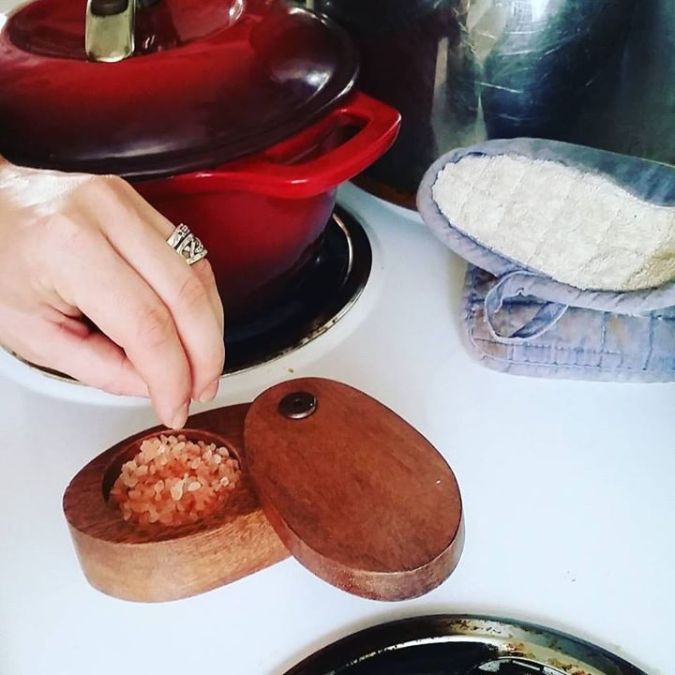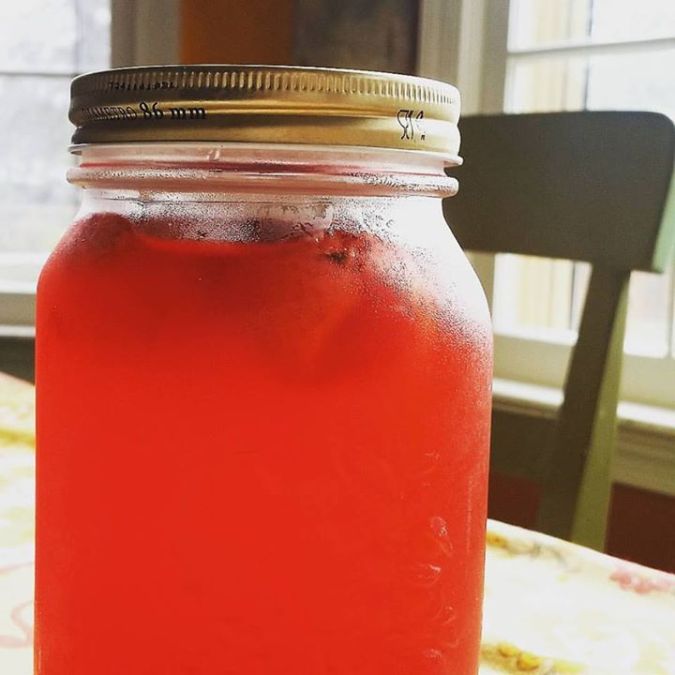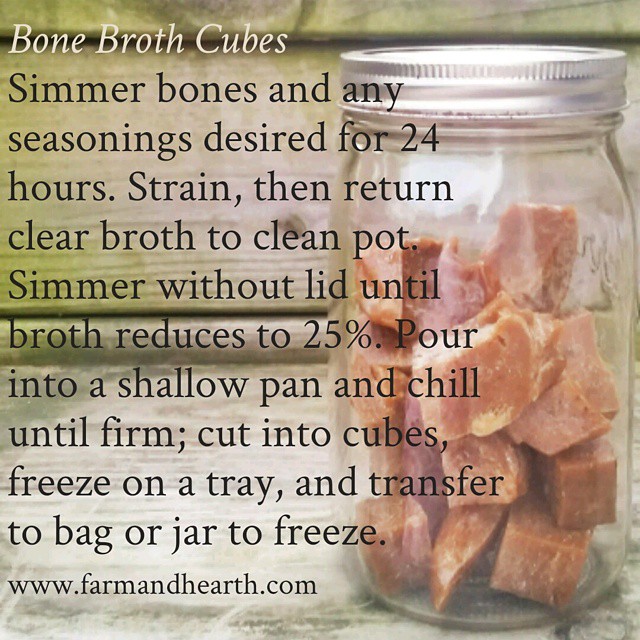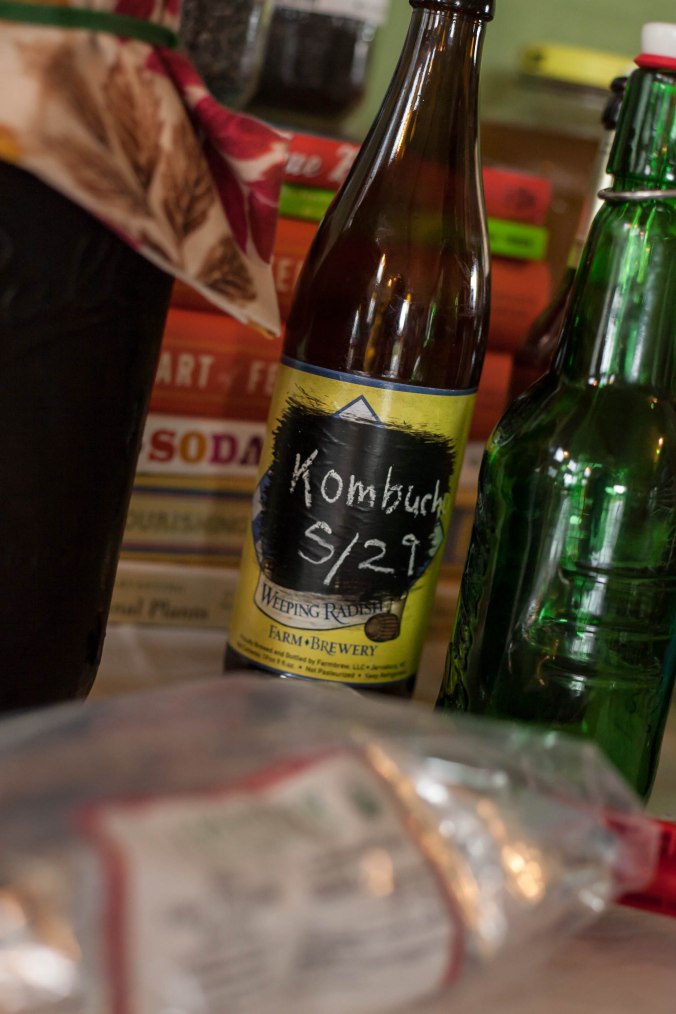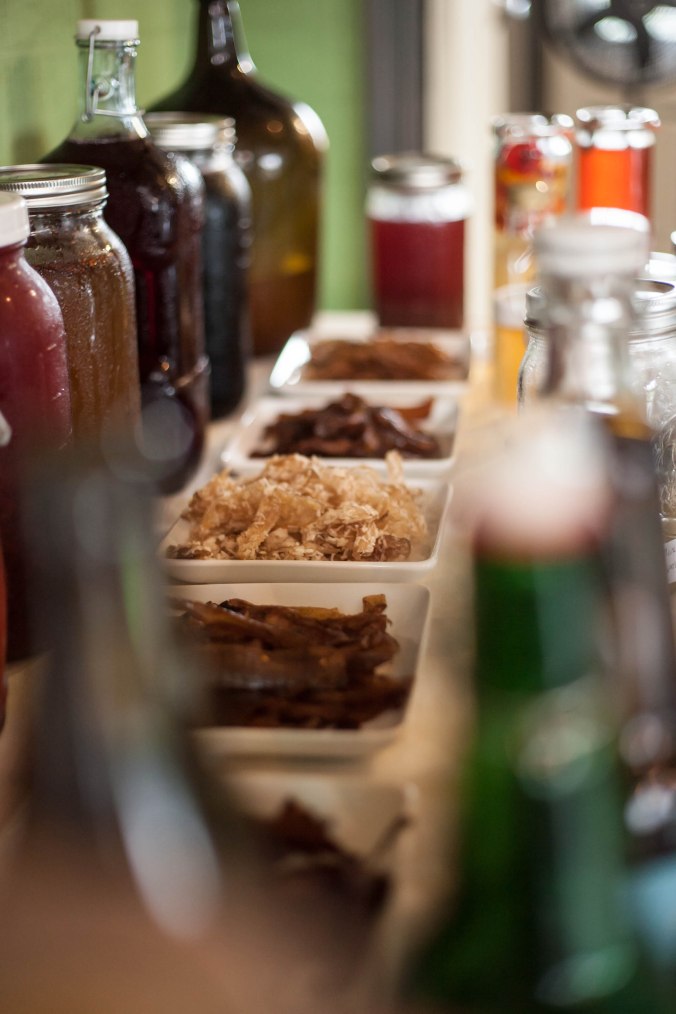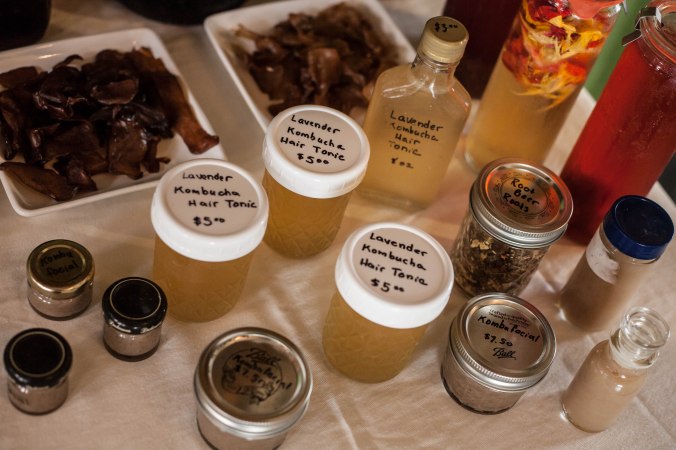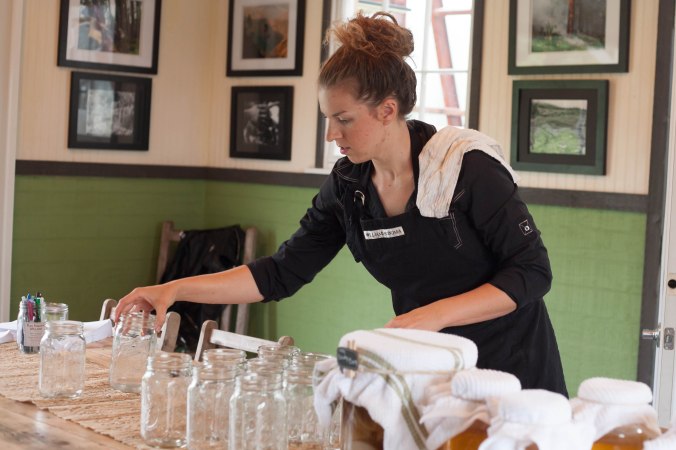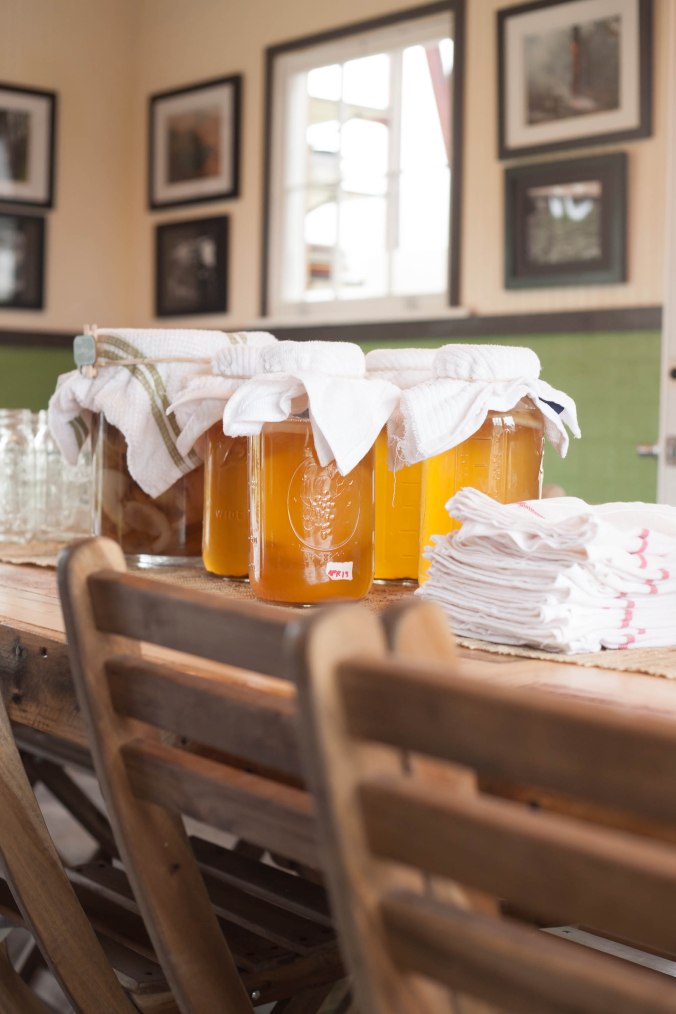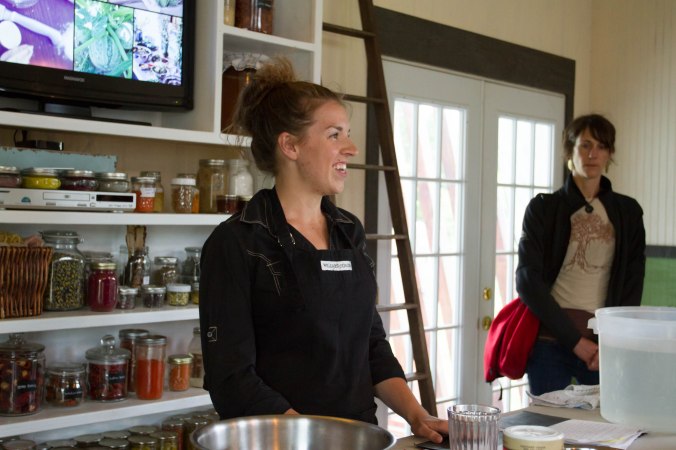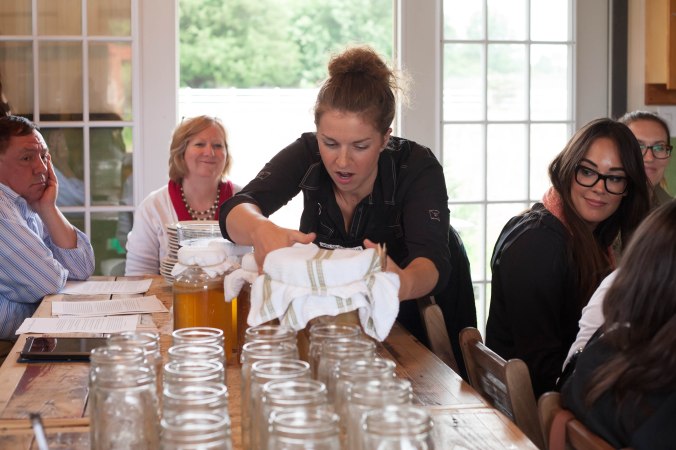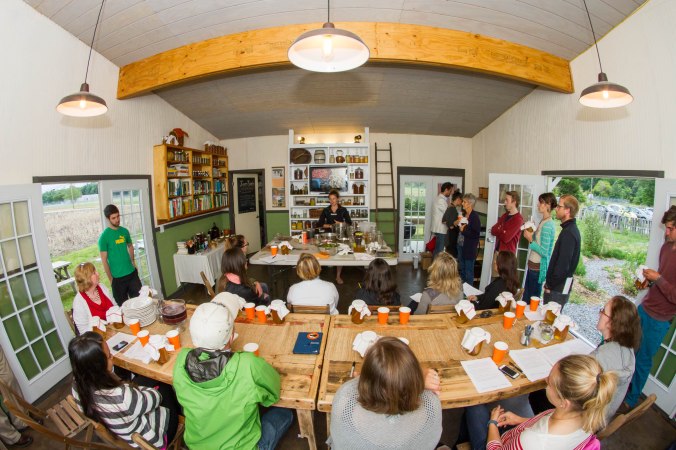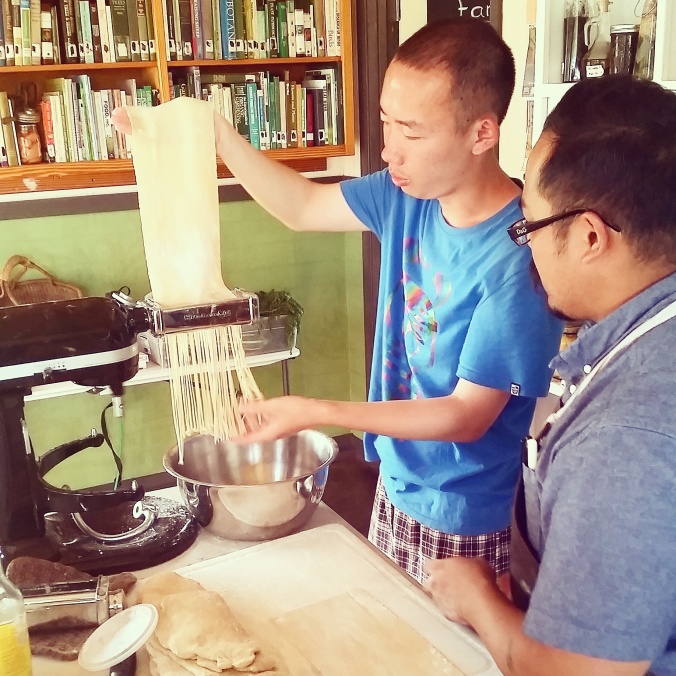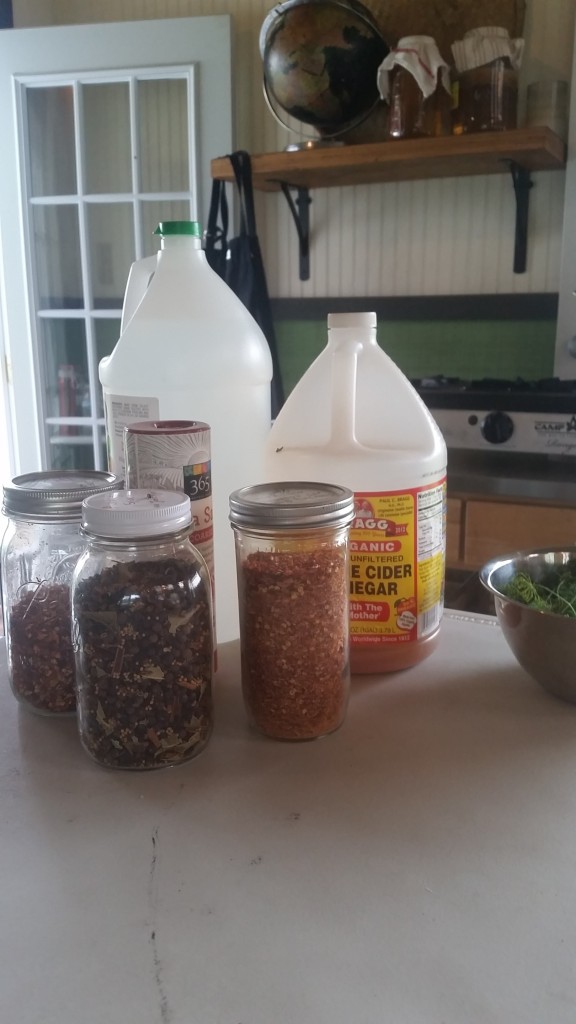I am not a doctor, nutritionist or dietitian. This post and these recipes have not been reviewed by any medical professionals at any point in time; never begin a cleanse without talking to your medical professional or nutritionist first. By reading this article, you take on all responsibility for your own well-being.
This cleanse is not for everyone. Proceed with caution.
Dear skeptical reader,
I hope the title of this post was intriguing enough to pique your interest!
Since Why I Do Yoga, with dramatic before and after pictures, just about blew up my blog the day I posted it (instantly shooting to the top-viewed post of all time and quadrupling traffic!), I figured I’d better follow it up with a word on nutrition, too.
I call this the ten pound cleanse because everybody who follows it seems to lose around ten pounds, if not more. The reasons are many; but to start, sludging through the average Western digestive system are several pounds of what some nutritionists call “phantom” weight, pounds of crap and mucous that are settling and processing (or not processing) for way too long. There’s always lots of junk to offload, and then for anybody with extra pounds of fat that they aren’t using any more, some of that seems to go, too.
This is a cleanse I designed about two years ago after doing various versions of cleanses and finding what worked for me, and I use regularly for myself. So many of my friends have asked me for copies of it, and used it to their own success, that I guess I just got bored emailing it out over and over and answering the same questions again and again, and decided to post it here, online, for anybody to see and use. But, it’s just my own cleanse – not created or approved by any doctor. I hope I made myself fairly clear here, and now, let’s move on to the interesting stuff.
Keep reading, and then download the cleanse at the end of the post.
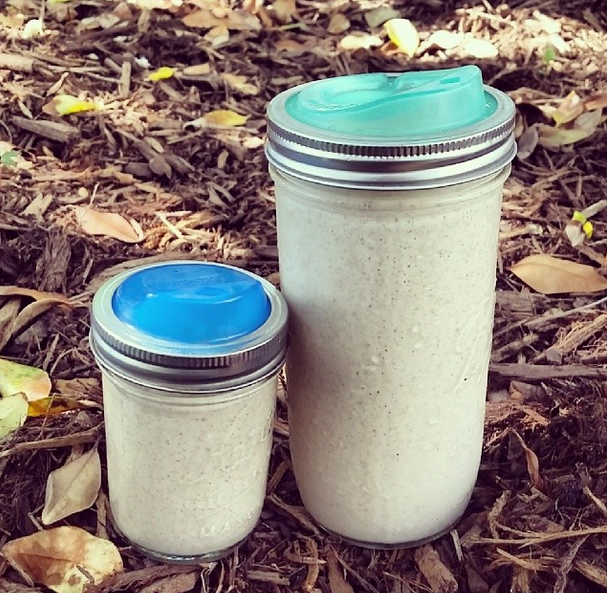
What is a cleanse? “Cleanse” is a fairly relative term. For somebody eating a Standard American Diet, a pretty revolutionary cleanse would be just to cut out anything processed or packaged. For somebody eating a fairly clean diet of real food (nothing packaged, processed, but fresh, organic and whole ingredients), a cleanse like this one is just a gentle recalibration of the digestive system; some easy-to-process foods, a rest from eating solids, grains and meats, a purified regimen.
Who can do a cleanse? Again, it’s all pretty relative. Only you and your doctor, nutritionist, therapist, dietitian, holistic care practitioner, cat or whoever you get your advice from, can decide if your body is ready for a cleanse. I personally feel like pretty much everybody can use a cleanse at some point in time; I like a weekend cleanse every month, and a week long cleanse every year. I used them during my weight-loss journey to jump-start my weight loss, and then to regularly get past plateaus and see some increased progress. It perhaps goes without saying that breastfeeding moms and pregnant moms need to exercise extreme caution; losing weight during breastfeeding, for instance, or detoxing heavily, can send all kinds of toxins through your breastmilk. I will say that I do modified versions of cleanses even during pregnancy and breastfeeding – but again, it’s all relative – I am still enjoying lots of full-fat milk, yogurt and fruits whenever I want them, even having meat if that’s what I’m craving, but overall, it’s not that far removed from my everyday diet which is pretty clean – just put in a blender (not the meat, though. Ick)!
Will I be hungry? The biggest complaint I get from people is that they can’t finish all the food assigned in one day. That’s fine, obviously! One of the best things that is happening here is the stomach shrinks – I can’t prove that scientifically, but let’s just say that you eat less and less to get full, and after you start eating normal food again, you are still eating less. (It also works the other way – you can stretch your stomach out to eat more and more if you eat out at restaurants a lot, or generally take large portions! Beware!) Normally I can get through about two smoothies a day on the cleanse, even though three and a snack are allowed. Don’t push yourself to eat more if you aren’t hungry.
OMG I just looked at the recipes and there is fat in them!!!!!! Yeah, you betcha there is. A picture is worth a thousand preachy blog posts, so here’s me eating a standard low-fat, low-sugar, lean meat, high veggie and high-carb American diet designed for weight loss. Size 10 generally, or size 8 on a good day. Pre-pregnancy, too.

Kinda sick of seeing that picture of me so let’s fast-forward to modern times. Here’s me eating full-fat raw milk, fatty pastured bacon, free-range scrambled farm eggs, grass-fed and farm-raised meats, lots of lush organic vegetables and fruits, nuts, seeds, and a low amount of carbohydrates from grains. Please note that I shoehorned myself into a tight pair of size 1 [stretchy] jeans. Post-pregnancy. I could have cried! Maybe I did – you’ll never know …


I feel like there’s a difference! I attribute all this change in large part to hot yoga – again, you can read Why I Do Yoga to find out how it impacted my life and the way I look at myself – and then eventually, the way I look.
So … get back to the cleanse, lady… What I’m saying is I definitely had to start supplementing that hot yoga with a powerful change in diet, even though (surprisingly) that didn’t actually fully happen until a year and 25 pounds of weight loss in to my story (I started the change earlier, but slowly). Now, I find that with my current, more nutritious diet I can even maintain my weight fairly steadily, where before it was madly fluctuating and skyrocketing every time I ate a cheeseburger.
So the cleanse helped you to … ? It helped me to jumpstart more intense weight loss when I plateaued, and it made me feel clearer, better and even inspired. Any time I got off track, a day or seven of cleansing would bring my intestines back into order, and I wouldn’t lose ground.

You want to try it, too??? Onward to the Cleanse!!!!!!!!!!!
Detailz detailz. The cleanse can be done up to seven days (or longer, I guess, although I have never truly gone past about seven days). There is a Day 0 that involves eating no food at all (hungry does happen on this day, trust me). This day is really not for everyone (and it is definitely never for breastfeeding or pregnant moms, among other people!). I have a miraculous body that can store fat during the worst of morning sickness when I’m vomiting up all my food and barely eat a thing, and this body is made for survival in the harshest of times! I can go for a day (or up to five days, as I did during a spiritual fast once) with no food or hardly any food, and not be negatively affected. Hungry, yes, but not faint, nauseated, or suffering from headaches. This has not been the experience of all my friends. If you are heavily loaded with toxins, you will probably be feeling sick during Day 0 and beyond as your body goes through a more intense detoxifying process. If you are already at your ideal weight, a Day 0 may be too difficult as you might not have enough fat stores to fall back on! Personally, I feel like starting the cleanse with this Day 0 doubles the impact, and is a powerful attention-getter for me (yes, I still go to yoga on that day!).
I definitely don’t want to gain the weight back. You only need to do three days if this is your first time doing a cleanse, or if your diet is pretty heavily processed and you are graduating yourself into it. One of my friends lost ten pounds in the first three days, and then went back to eating processed foods and gained it all back by the weekend. You have to start cleaning up your entire diet – boxed, processed, packaged junk, and much of the white pasta and breads that are normal for us to eat, as well as sugary and sweet things need to find their way out the door while you’re in the learning and changing process. That’s all detail work that we aren’t getting in to here – there are books, doctors and websites to help with that – so let’s just focus on the cleanse.
What if I can’t buy all that stuff …? Swapping things out is more or less fine, as far as I am concerned. If you have certain allergies, you may have to swap some things for others. I chose every ingredient for a reason – based on it’s liver-cleansing, mucus-cleansing, probiotic or protein properties or a hundred other factors; some things may not be available to you where you live, and you’ll have to modify. Do so mindfully, and read up on your replacement first if you aren’t sure.
A note on ingredients: Using processed, packaged or pre-made food is probably going to ruin your cleanse effect. Honestly, if you use coconut or almond milk, you should either make your own (the cheapest version), or buy it fresh and raw. This isn’t always feasible, but it’s something we can work towards!
If you don’t have all the expensive ingredients, like maca powder, chia seeds or hempseed, you can still do a version of the cleanse using only the basic (large) ingredients in every recipe. Those are added as protein, enzyme and other boosters, and are highly beneficial and strongly recommended – but don’t let a cash shortage keep you from working on your better body, now. You can accumulate items as you go – one bag of maca powder can last for several years, and a ziplock of chia seeds from the store can last for months! Buying them all at once would definitely be cost-prohibitive for me, but I wouldn’t let it stop me from starting the cleanse.
Best of luck to you in achieving all your goals! Please leave me a comment and tell me how you are doing!

Happy cleansing!
Mrs H
Clean it up on Facebook
We post smoothies on Instagram
P.S. From time to time somebody points out a typo in a recipe or instructions –
I think I’ve caught most of them, but if you find any let me know and I’ll update the PDF!
